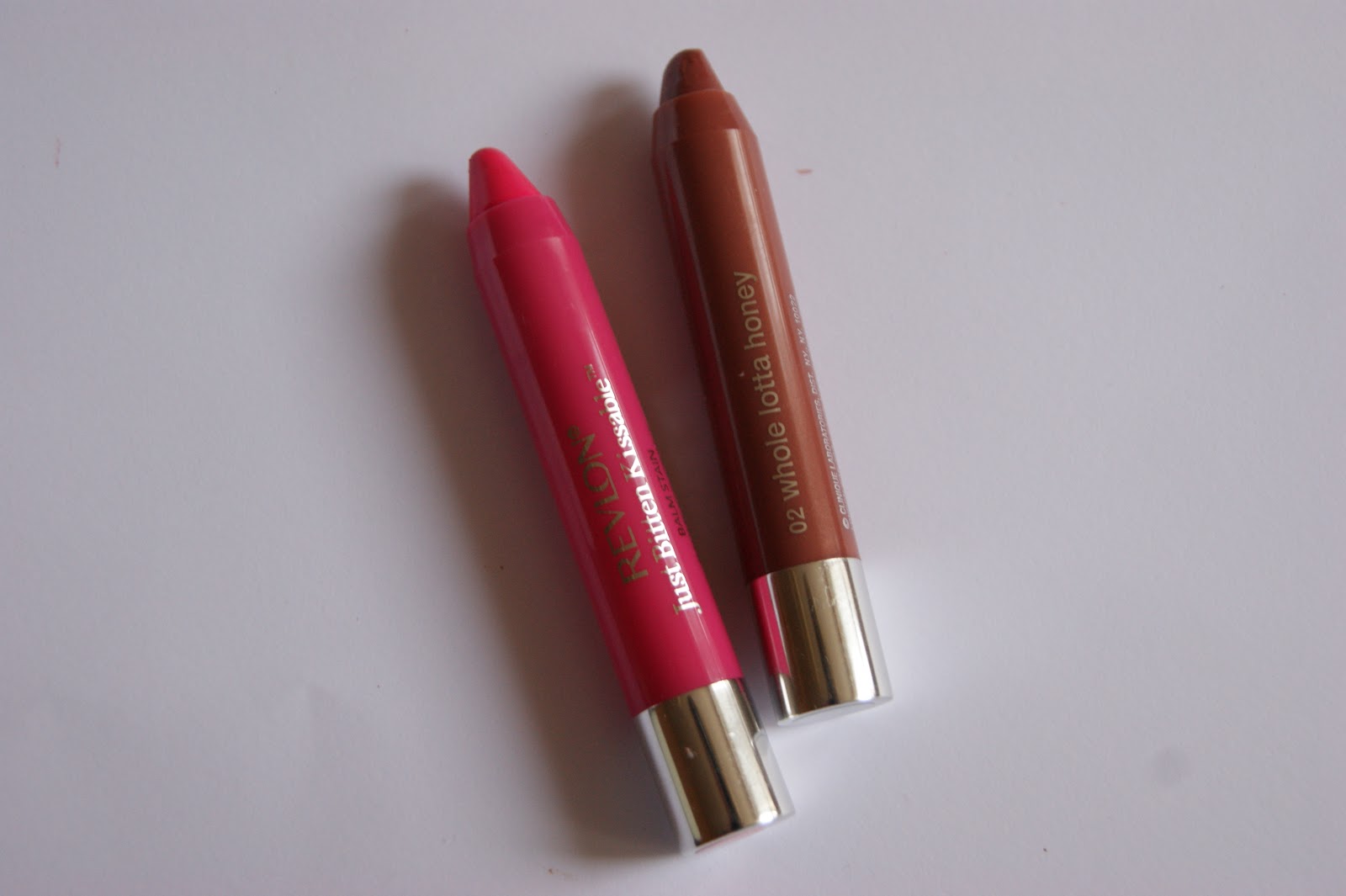One of my favourite marketing campaigns to date is the hunter and bear campaign for Tipp-Ex, a brand of correction fluid. The campaign, named “TippExperience“, was an interactive Youtube campaign which allows viewers to use Tipp-Ex correction fluid to rewrite the story of the hunter and the bear. My friends and I certainly found it entertaining, and apparently, so did 50 million other people.
The campaign was a huge viral video hit and was shared widely on social media; its vast success was entirely unsurprising, given that the campaign ticks all the boxes when it comes to marketing to the millennial generation. Not only was TippExperience interactive, it also involved the use of humour, and the short duration of each video clip was ideal for the millennial generation’s short attention spans.
In 2012, Tipp-Ex launched another campaign, creatively titled “TippExperience 2“, this time centering on using the correction fluid to rewrite history. Yet again, the campaign went viral and was shared on social media; Twitter users even tweeted about the campaign once per second. Tipp-Ex also engaged Facebook users by posting different stages of history on their Facebook timeline.
Admittedly, after a couple of minutes, the campaign becomes boring – after all, there are only a limited number of videos the audience can choose. Nonetheless, this is bound to be a campaign that you won’t forget soon, and in that sense, TippExperience has definitely been a major success. In a market like correction fluid, where products are essentially identical, this creative campaign allows Tipp-Ex to differentiate itself from competitors – and ultimately attract more sales. A huge well done to Tipp-Ex for rewriting history!

 The ad makes use of colour, and it’s also interesting to note Emma Stone’s partnership with Revlon; Stone is an actress well-known by most adolescents, and she herself is only 24 years old. The colourful ad, combined with the endorsement from a young, popular actress, suggest Revlon positions itself as a relatively youthful brand targeted to adolescent girls.
The ad makes use of colour, and it’s also interesting to note Emma Stone’s partnership with Revlon; Stone is an actress well-known by most adolescents, and she herself is only 24 years old. The colourful ad, combined with the endorsement from a young, popular actress, suggest Revlon positions itself as a relatively youthful brand targeted to adolescent girls.
Recent Comments